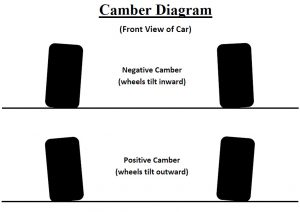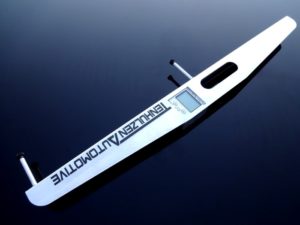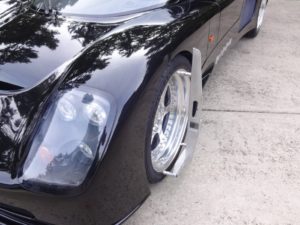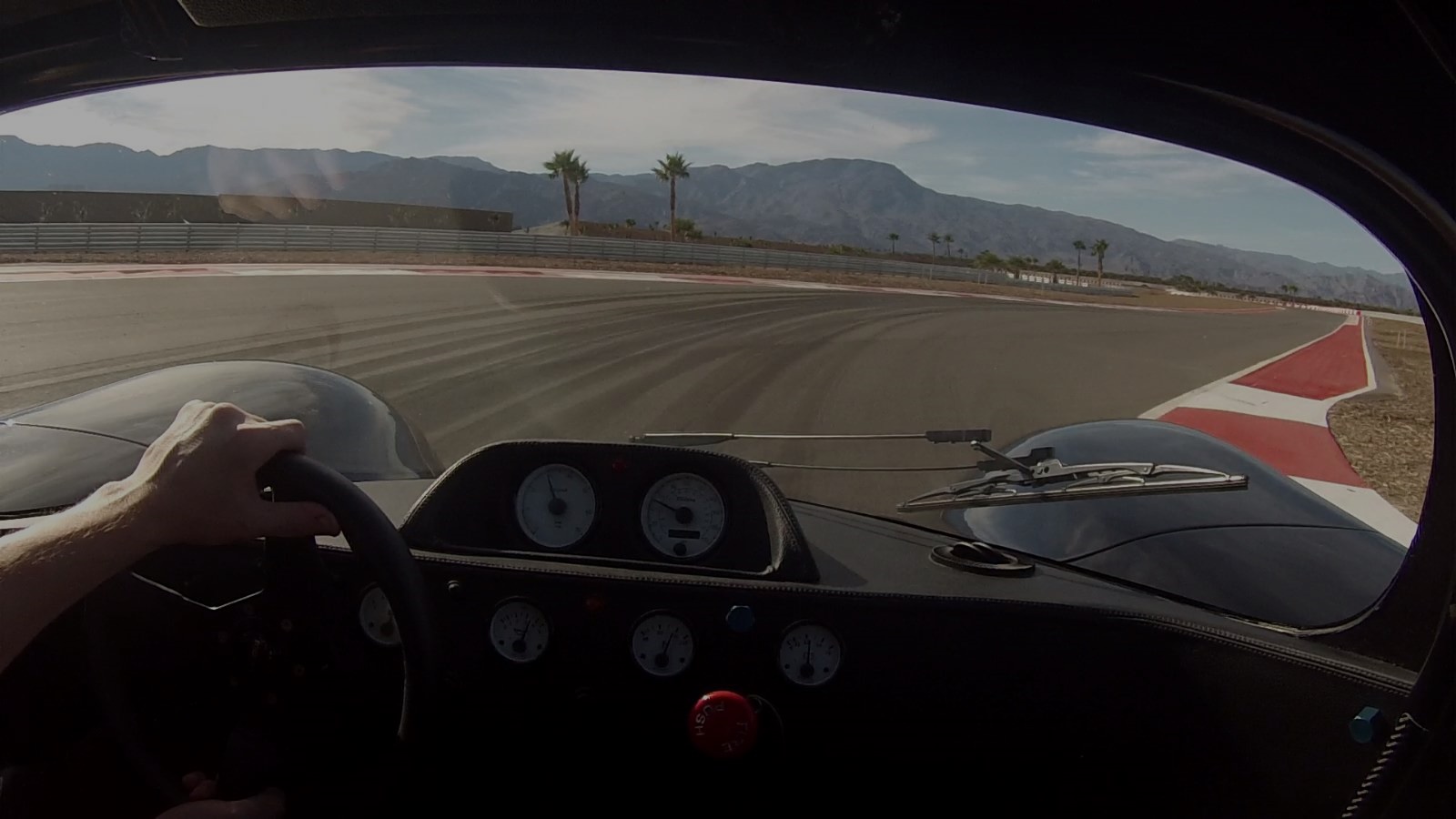On this page you will find explantions of camber and caster wheel alignment terms, and the product you need to meausure these parameters yourself!
What is Camber and Caster?
Camber and caster are two of the three common wheel alignment terms (with toe being the third).
Camber is the angle of “tilt” of the wheels and tires when viewed from the front or rear of the vehicle. When the top of a wheel is tilted inward towards the vehicle it has negative camber. When the top of a wheel points outward away from the vehicle it has positive camber.
Increased negative camber will increase the grip of the outside tires will turning, but only up to a certain point. Usually vehicles must run less camber than would be ideal for turning, because having too much camber angle will affect tire wear, as well and braking and acceleration grip. Not having enough camber can also affect tire wear.
When car with a factory alignment is driven aggressively such as at a track day or autocross, the outside of the tire will wear more than the inside. For this reason it is often desired to dial in more camber before taking your street car on track.
Caster a little more complicated than camber. It’s the pivot angle of the front wheels measured from vertical, when viewed from the side. A simplified way to think of it is the angle of the ball joints.
Caster affects a vehicles resistance to turning, and changes the amount of camber gain a wheel has when turned. Caster must be measured dynamically, meaning the wheels must be turned certain angles to find the camber change, which is then used to calculate caster. Usually expensive turn plates are necessary to perform this, but our products have this steering angle measuring functionality built in.
Our Camber-Caster Alignment Product Offerings
We offer two different camber-caster gauges, both of which offer advantages in features and value when compared to other offerings on the market. Either of our tools makes it quick and easy to measure camber and caster at home or at the track. The step by step instructions walk you through the process of measuring both of these alignment parameters.
Our products do NOT require turn plates to measure caster. Other brands advertise their products as Camber-caster gauges, not mentioning the fact that their products actually require the use of turn plates in order to measure caster. Since a quality set of turn plates can cost more than the gauge itself, this gives our products a distinct advantage.
Both of our Camber/Caster Tools have a magnetically attached readout that can calibrated for non-level surfaces in a matter of seconds, and is accurate to within 0.1 degrees.
Our Hand-Held Camber-Caster Gauge is exactly what it sounds like. Hold the gauge to the wheel and the camber value is instantly displayed on the digital readout. While it can not attach to the wheel like our hands-free model, its low profile shape makes it easy to stick in a tool chest drawer. The plastic ends on the contact points protect your wheels from nicks and scratches.
This functionality is also available in our 2-Wheel Alignment Tool, which, along with camber and caster, can also measure toe.
This product uses the same wheel attachment parts as are used on professional alignment racks. These offer several advantages over components our competitors use. First, they are made out of aluminum, NOT steel. This helps protect your alloy, painted, or powder coated wheels from damage, as aluminum will not scratch these surfaces nearly as easily as steel will. Another advantage of our attachment method is that the rim fingers pivot. This enables them to rotate to sit perfectly flat on different size wheels
We hope you now have a through understanding of camber and caster, and our camber and caster gauge offerings. We stock other types of wheel alignment tools as well, check out our store. Also check out our reviews page.






